
Lens softness compensation:
How DxO helps you create
consistently sharp images
When seeking to compensate for lens softness, most photo-editing software applies uniform sharpening across the entire image. This blanket approach can mean an oversharpened center or soft corners. At DxO, we do things differently in order to give you the best possible results.
What is lens softness?
As you no doubt know, in photography, the term sharpness refers to how crisp an image appears. In a photo with sufficient sharpness, you’ll be able to see even the smallest details of the subject, as well as any micro-contrast and texture.
Lens manufacturers do their best to make their lenses produce images that are as sharp as possible. Each new generation improves on the previous one, and it’s fair to say that if you were to compare a manufacturer's lenses today against those from a decade ago, the improvement would be obvious.
However, even for most well-engineered lenses, the laws of physics make it very difficult to achieve homogeneous sharpness across the frame. This can be most pronounced when observing zoom lenses which can be more complex in design than primes.
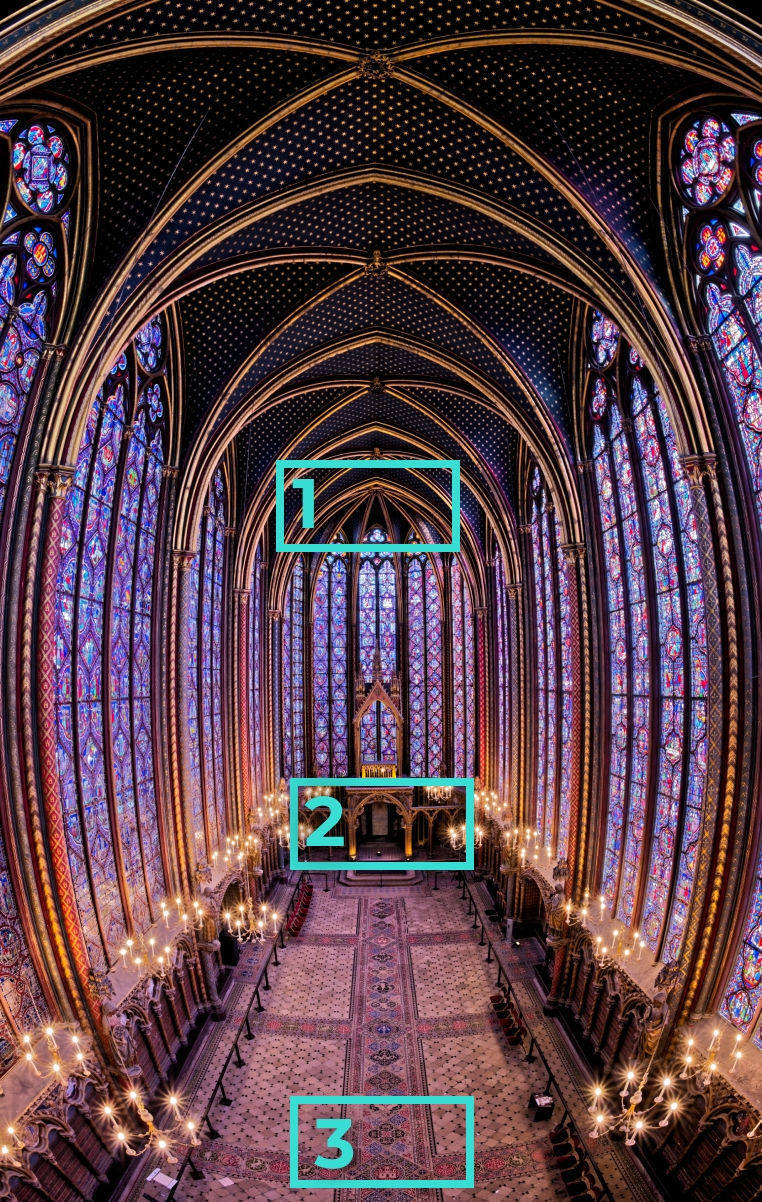
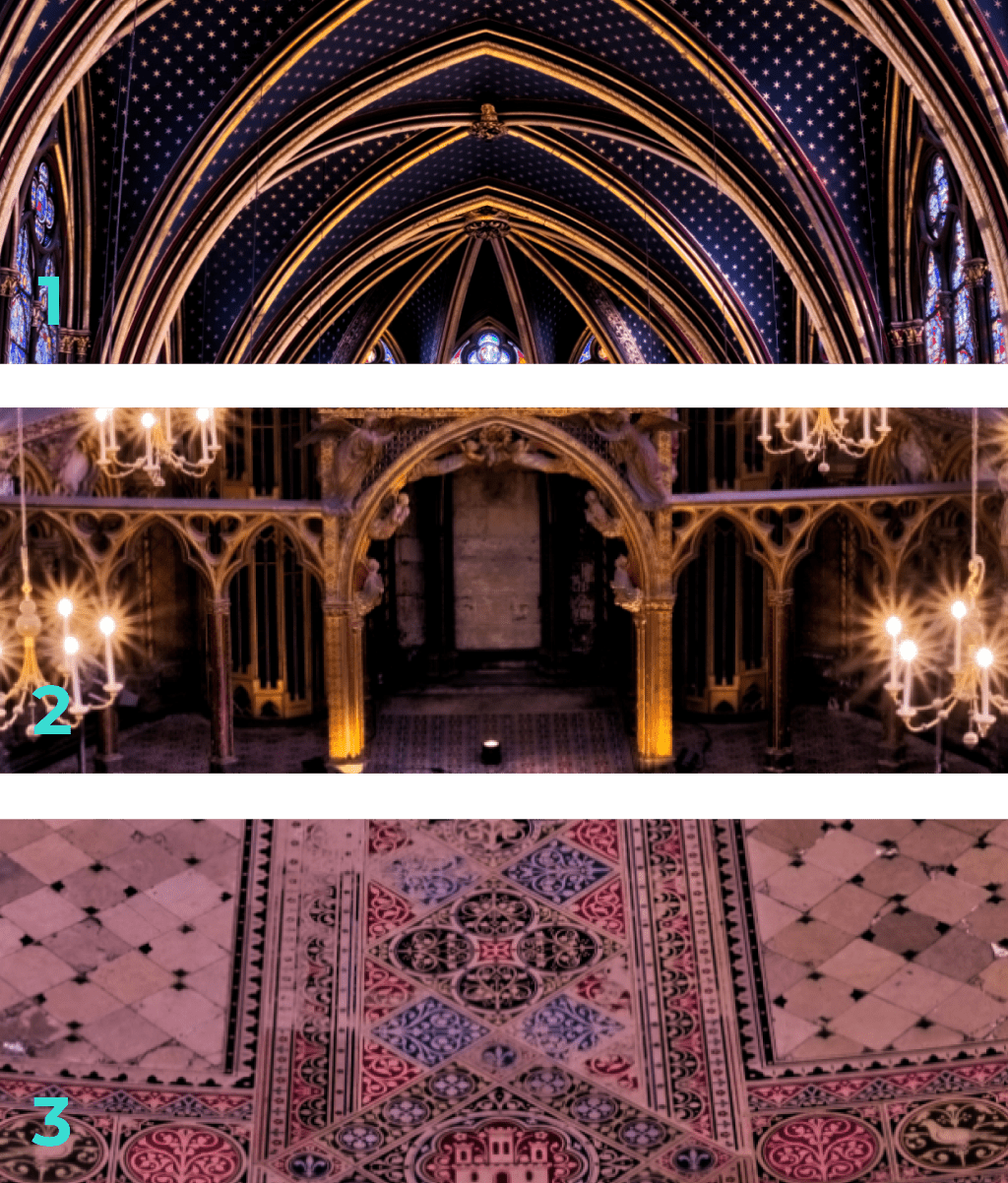
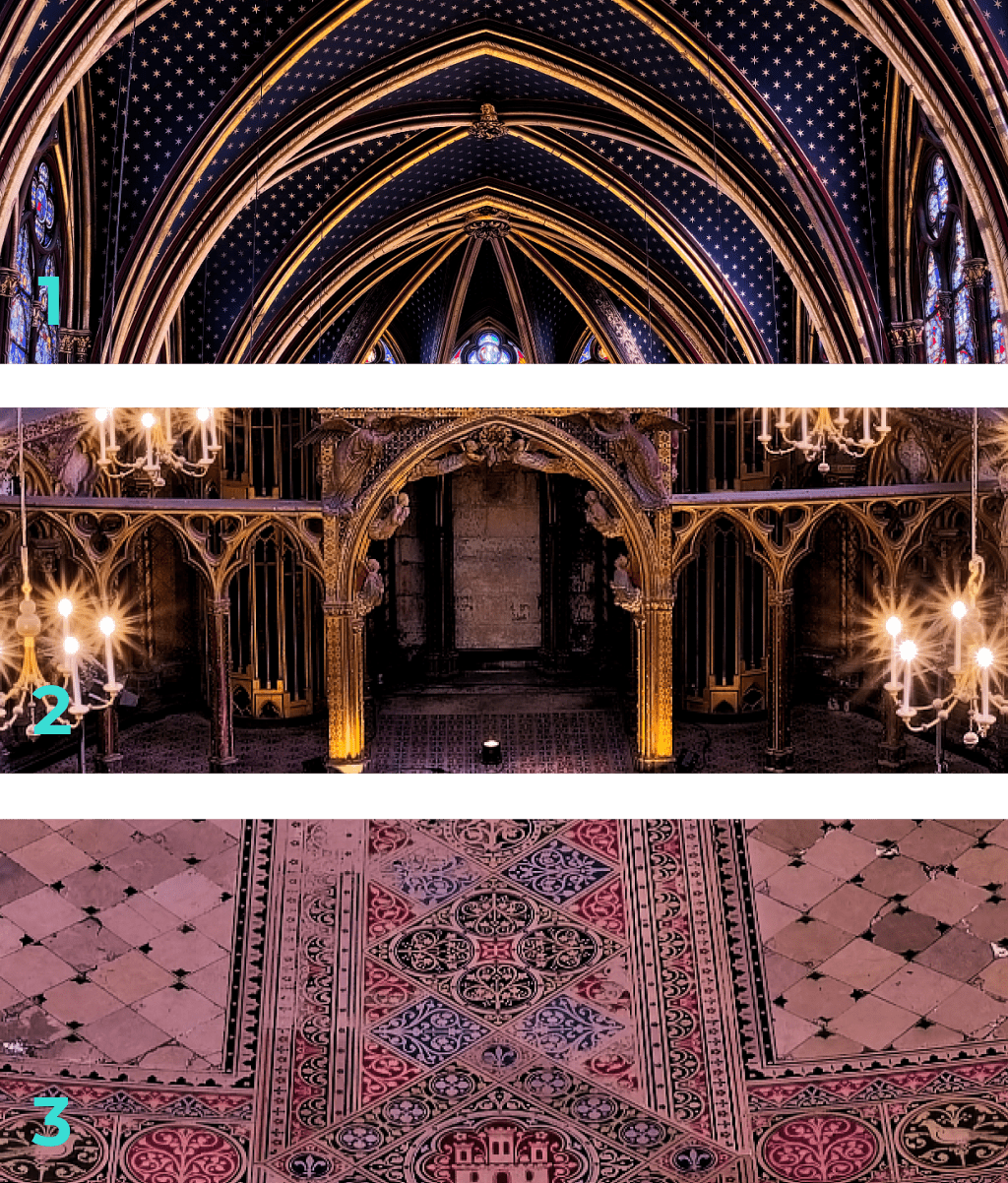
There are many reasons why a photograph may not be sharp, including motion blur from camera or subject. However, a properly focused and exposed photograph can still appear blurry if the lens is not sufficiently sharp. You’ll often find that a lens is slightly softer as you approach the edges.
- Camera: Nikon D850
- Lens: 16mm f/2.8
- Parameters: ISO 64 - 1/40 - f/14 - 16mm
- DxO PureRAW - PhotoLab
Softness is particularly noticeable when using a lens's widest apertures, where the corners of a photo will often be softer than the center. This relationship evens out towards a lens’s ‘sweet spot’ – which with modern high-resolution sensors is usually around f/5.6 – but at the other end, when the aperture is made very small, diffraction makes it impossible to obtain perfectly sharp images. This diffraction affects the entire frame.
How photo editing software compensates for lens softness
Compensating for lens softness in software is achieved by amplifying the details — textures and edges — that have been observed. This increased contrast gives the appearance of an image captured with a sharpener lens.
However, applying a uniform amount of sharpening across the entire image often results in the central zone remaining sharper than the edges. And even in cases where softness is homogeneous across the frame, the amount of sharpening may be incorrect for the respective aperture and focal length settings. Manually setting the amount of sharpening in respect of those variables would be a tedious task.
What’s more, the process of sharpening is especially challenging at high ISOs where the presence of digital noise is more pronounced. Ineffective methods of sharpening will simply exaggerate both image detail and interference as one.
DxO’s solution: Extensive analysis gives better results
DxO’s method of compensating for lens softness is superior to other software because of the way that we make our measurements.
Most manufacturers publish Modulation Transfer Function (MTF) charts along with their lenses. These illustrate the potential optical performance of a lens, showing the levels of resolution and contrast it can achieve from the center to the edge of the frame. Most MTF charts show the lens at maximum aperture and present results against theoretically perfect performance of 100% light transmittance.
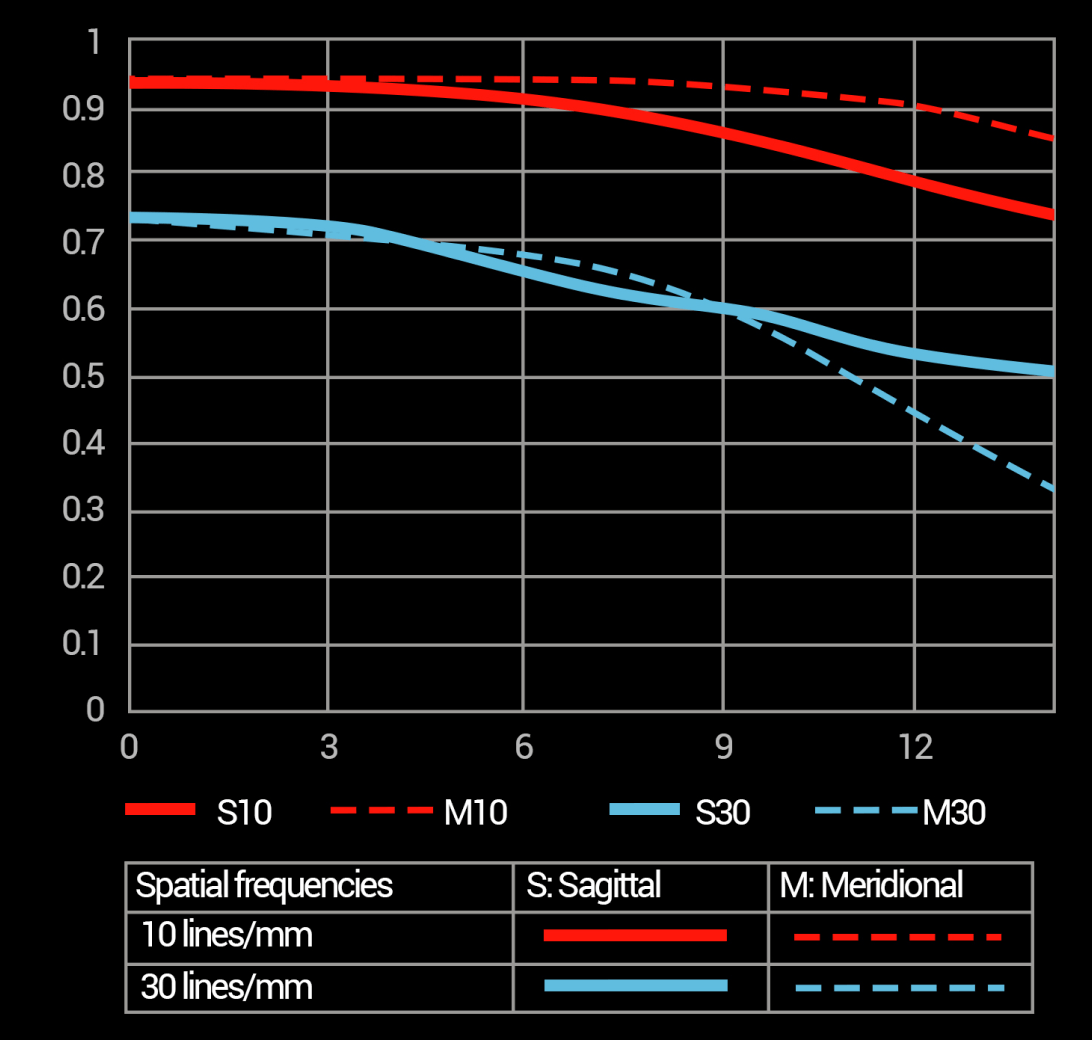
An example of an MTF chart
While MTF charts typically show lens performance for two specific frequencies (e.g., 10 and 30 line pairs per millimeter), in our lab we measure the performance for all frequencies and then aggregate these measurements by taking into account how each contributes to the human perception of softness — a measure which we call a Blur eXperience Unit (BxU).
A complete lens calibration consists of measuring BxU across the entire field, for each focal length setting, and for each aperture setting.
Blur eXperience Unit (BxU) measurements across the sensor plane. Lens softness increases towards the corners, so the BxU rating is higher is higher.
- Camera: Sony ILCE A7RM3
- Lens: 18mm f/2.8
- Parameters: ISO 250 - 1/5 - f/11 - 18mm
- DxO ViewPoint 4
Based on the specific BxU data, our software can therefore select the right amount of sharpening to apply, not only to each individual lens, but also according to how it’s used. The result is an evenly crisp photo, from center to edge.
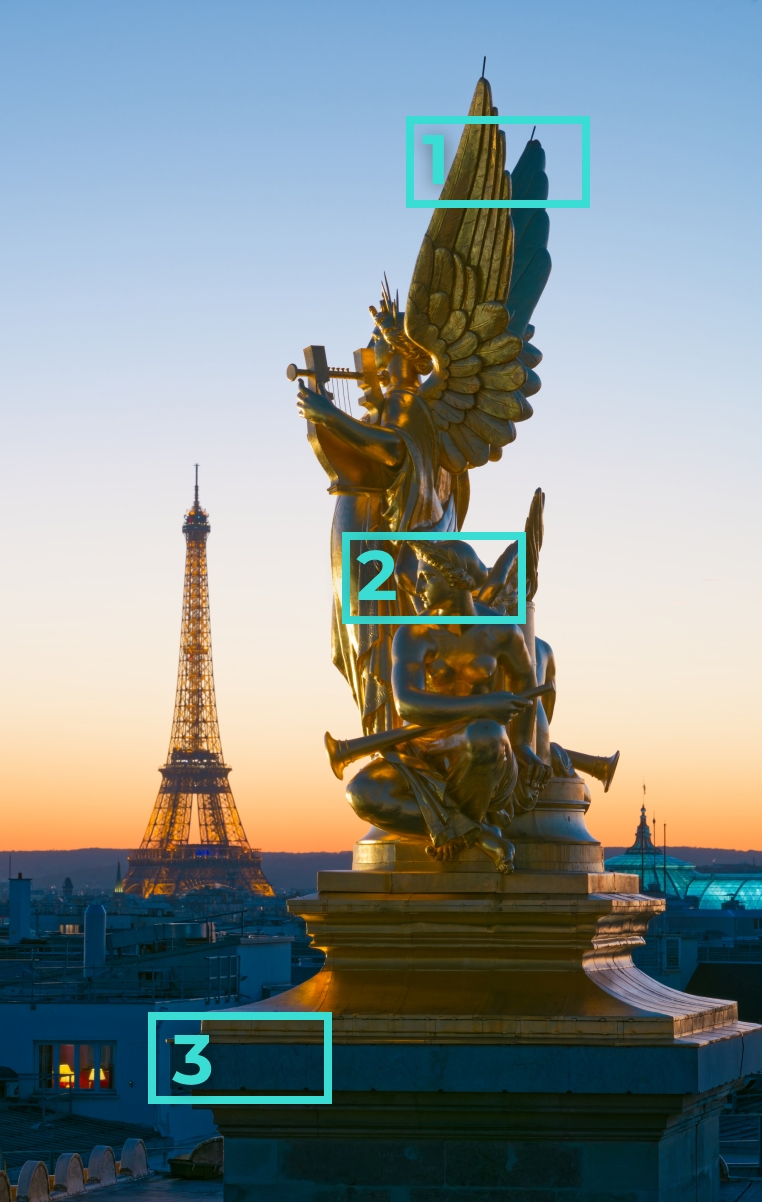
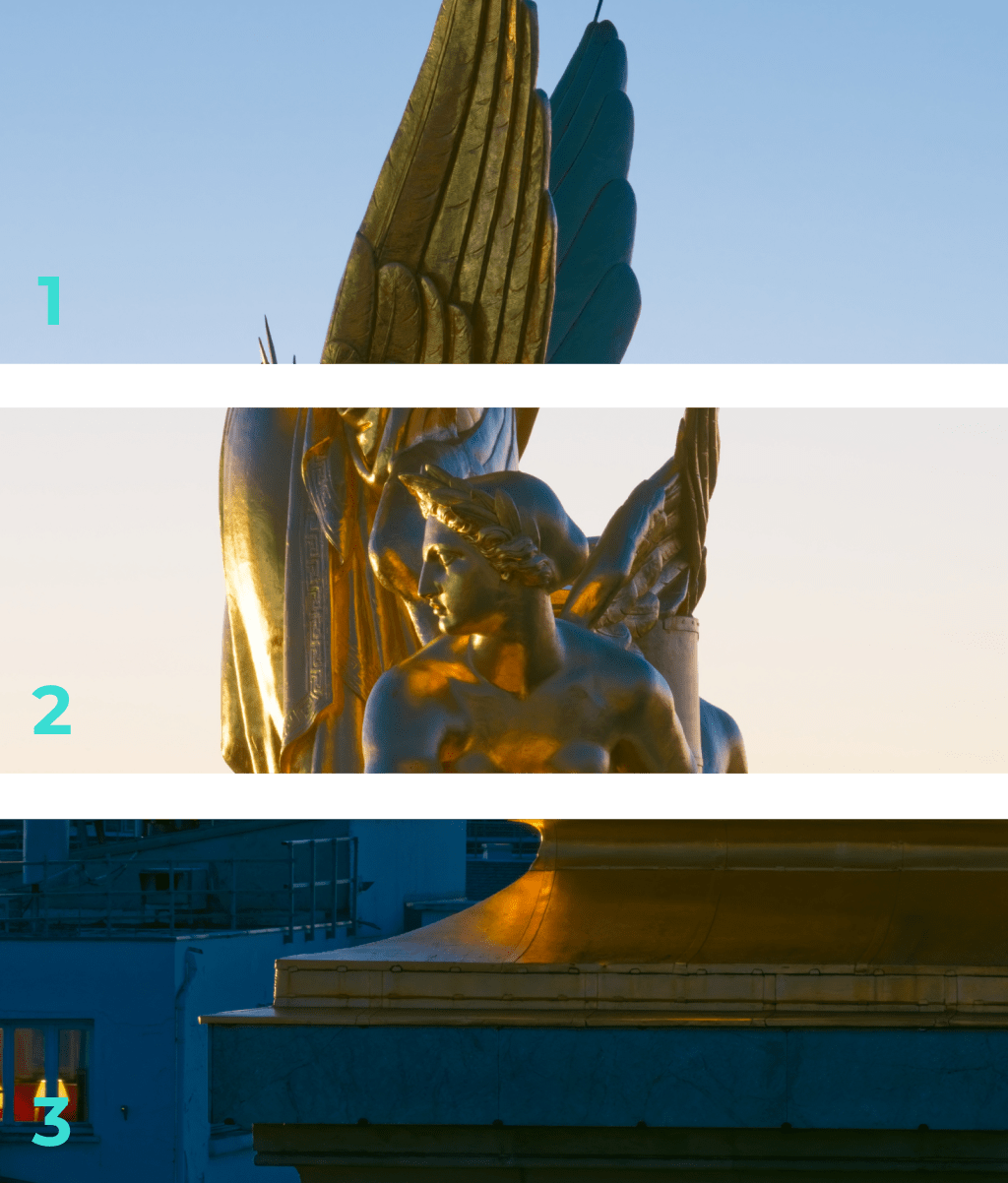
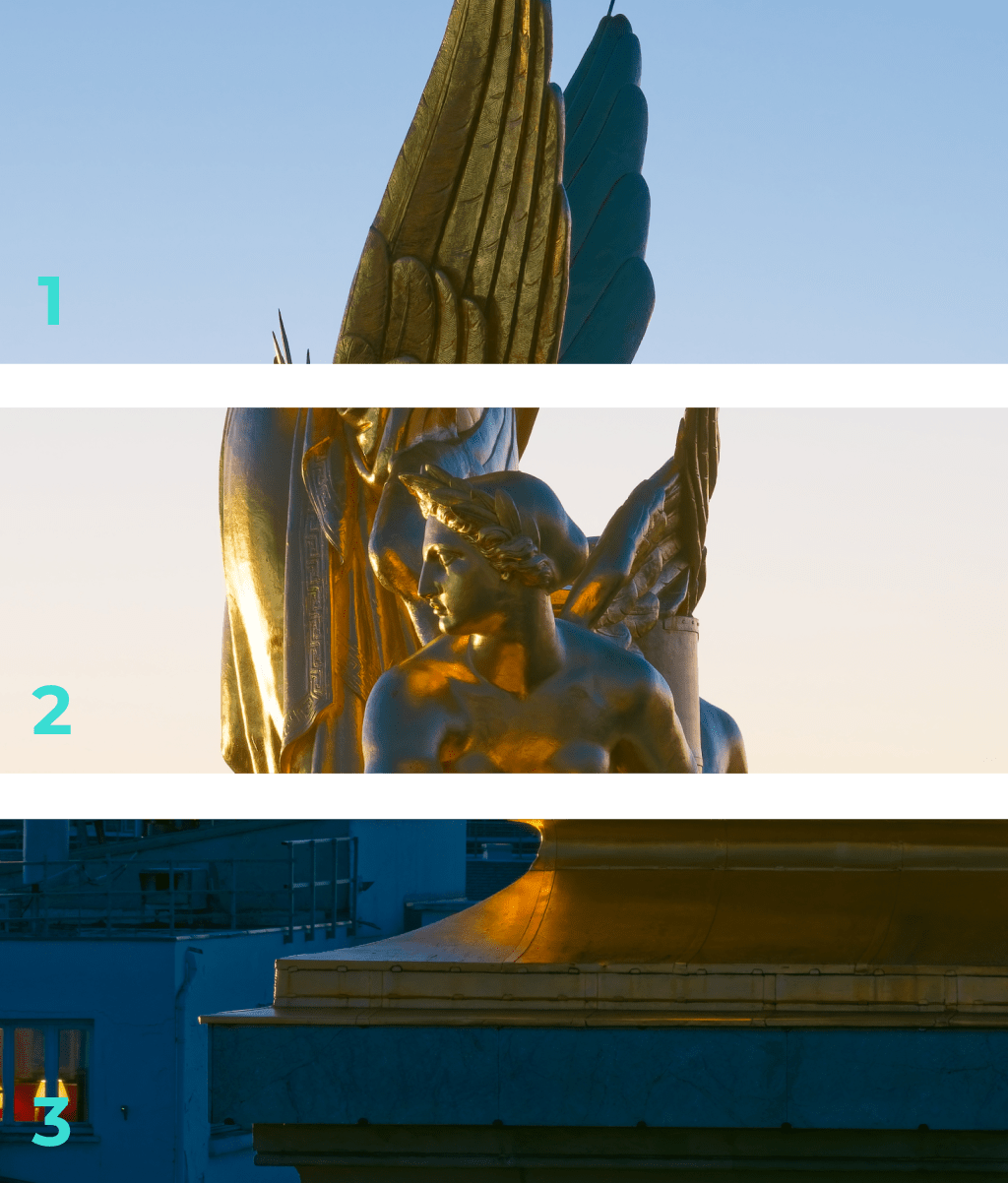
- Camera: Nikon D810
- Lens: 70 - 200mm f/2.8
- Parameters: ISO 200 - 1/2 - f/13 - 135mm
- DxO PureRAW - PhotoLab
Even better lens softness compensation in DxO PureRAW 4
As you’ll see by trying the new DxO PureRAW 4, DxO’s lens softness compensations go far beyond the competition.
Because our unique method of sharpening is integrated with all other DxO image adjustments — and specifically with our world-class denoiser, DxO DeepPRIME XD2 — lens softness can be addressed without amplifying noise.
And in DxO PureRAW 4, we have improved our sharpening algorithms even further. New developments suppress haloing and other artifacts’ effects on high-frequency areas of images.
DxO software gives you better results
We’re constantly testing new gear to create DxO Optics Modules specific to your camera and lens combination. Thanks to our more sophisticated approach, DxO software gets the best possible from your equipment. Why not try it and find out?

Try DxO’s software for free
Find out why photographers are switching to DxO with a free trial.
Onboarding tutorials
Access to all features
No payment details required
Discover camera and lens corrections with DxO PhotoLab 7 with DxO PureRAW 4
Try premium technical and creative software that will revolutionize your workflow.



